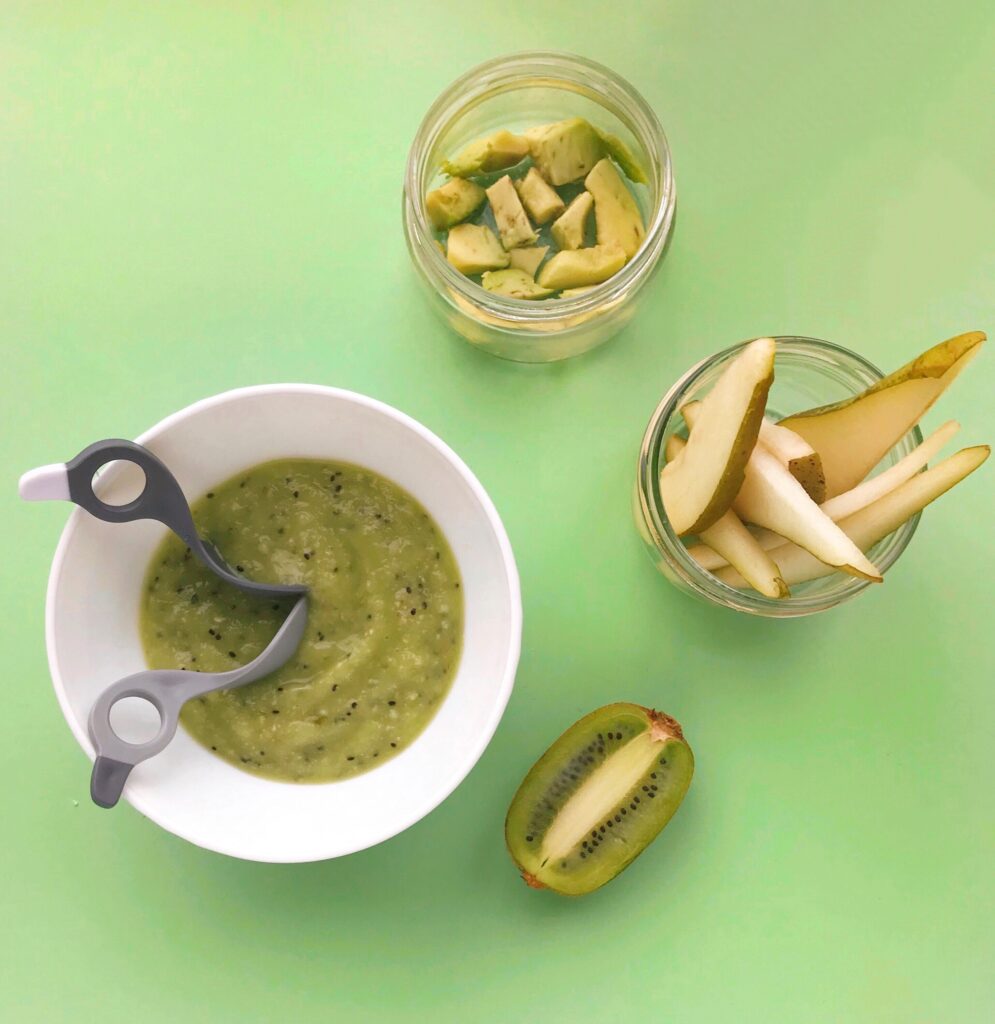When it comes to learning how to eat, babies need all the help they can get! Eating is a skill that needs to be learned, and so it’s important for parents to give their baby all the support and encouragement necessary. From introducing them to different tastes and textures, to teaching them good hand-eye coordination – there are lots of tips and tricks that you can use in order to make mealtime easier (and more enjoyable!) for your little one.

Babies are still learning what they like when it comes to food, so it’s important to introduce them to different tastes and textures early on. This can help prevent picky eating later on down the line. You can start with pureed foods such as applesauce or mashed potatoes, then gradually move up to harder-to-chew solids such as shredded cheese or soft fruits like banana wedges. Providing a variety of flavors will also help your baby learn which ones they prefer!
In addition to trying new things, it’s also important that your baby is drinking enough fluids throughout the day. Breast milk or formula should still serve as their main source of hydration, but offering them water from a cup at mealtime can help keep their bodies healthy and well hydrated. Just remember not too fill their cups too full; small sips at a time will do just fine!
As your baby gets older, you can teach them how to feed themselves by providing finger foods. Sticky grilled cheese strips, small slices of fruit or cut-up pieces of cooked vegetables work great when teaching self-feeding because they’re easy for your baby’s little fingers grab onto. If you notice that they seem frustrated while trying out new foods, remember that practice makes perfect – keep encouraging them until they get the hang of it!
It’s also important that you don’t force feed your child either; this could have negative effects on their relationship with food in the future. Instead focus on making meals fun – try including activities around the table such as stamp collecting or even playing games before dinner time! This will ensure that they’re enjoying themselves while exploring different tastes and textures without feeling pressured into eating something they don’t feel comfortable with right away.

Good hand-eye coordination is essential for successful self-feeding and eating in general. Some fun activities you can do with your baby include threading Cheerios onto spaghetti noodles or stringing beads on a piece of twine (both are great ways of working on their fine motor skills). You can also introduce them to age appropriate toys like stacking blocks or shape sorters which require problem solving abilities – this will not only teach them about shapes but also build up those important hand muscles needed for eating!
Making sure that mealtimes are relaxed and stress free is key when teaching children how to eat properly; if there’s no pressure then children are more likely enjoy their food experiences rather than view them as another chore that must be done each day. Regularly checking in with your child during meal times will let you know if there’s something wrong – if that happens then take some time out from the meals altogether until they’ve calmed down again – no one wants an upset stomach after all!
Mealtimes should be enjoyable occasions where families come together and bond over healthy tasty dishes. With patience and understanding from both sides (and lots of yummy snacks!), babies can learn how eat properly in no time at all! So don’t forget – even though babies may go through many phases when learning how eat – meal times should always be positive experiences filled with love and laughter!
Good luck!